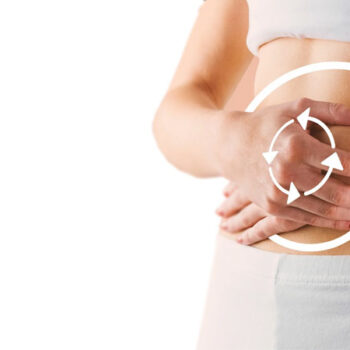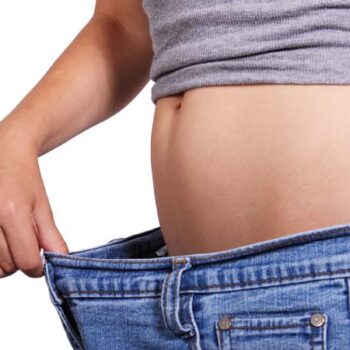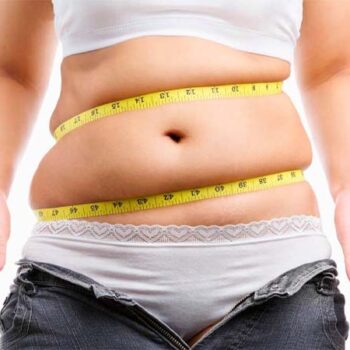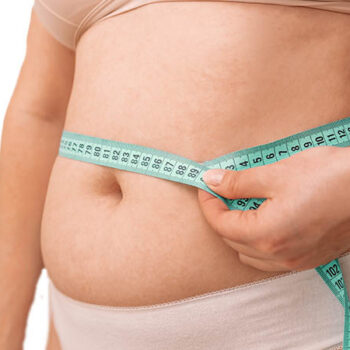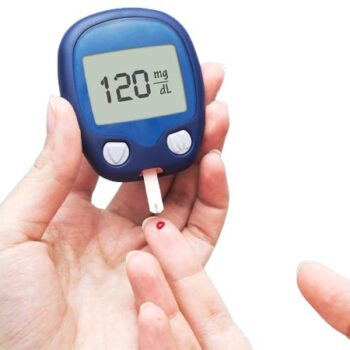What Is A Gastric Balloon?
It is a material specially produced from silicone or polyurethane material and is placed in the stomach. It is then inflated with a sterile liquid, helping to create a feeling of satiety in the stomach. It is one of the effective and widely used obesity treatments today. Since the gastric balloon occupies space in the stomach and creates a feeling of fullness, patients intake less food at each meal. Thus, the gastric balloon allows patients to lose weight. People who are not suitable to receive anesthesia or who do not want a surgical procedure but want to lose weight prefer the gastric balloon.
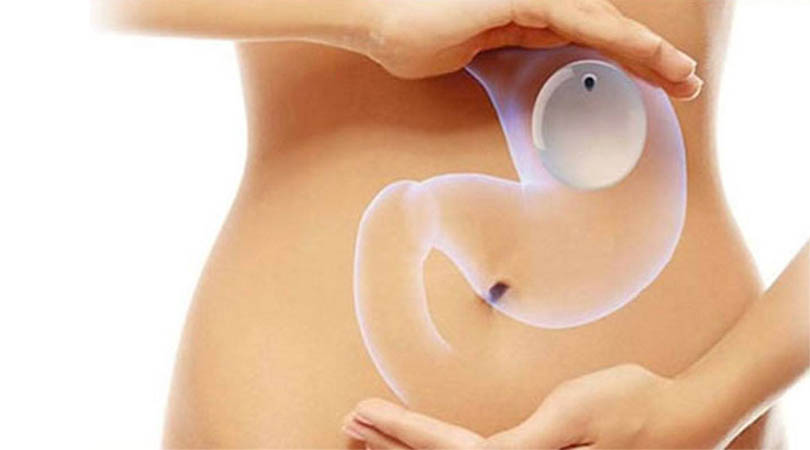
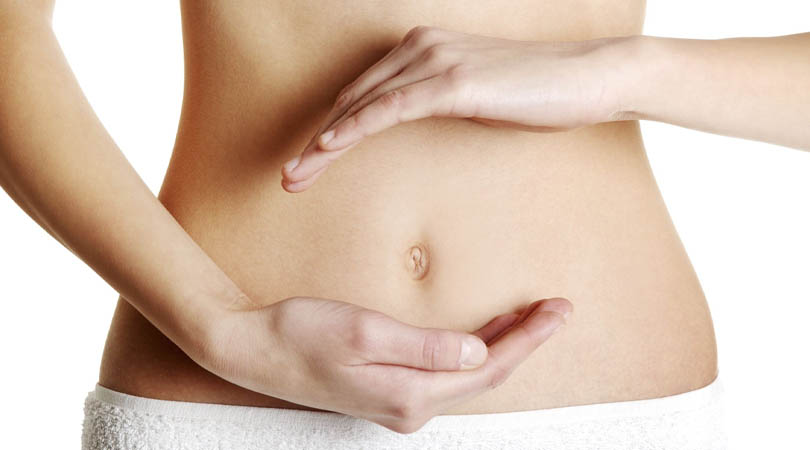
Why Is A Gastric Balloon Needed?
There may be more than one reason for choosing a gastric balloon. The primary reason is undoubtedly that it does not require intensive recovery time like sleeve gastrectomy or other applications used in the treatment of obesity, it is applied practically and of course the risk of complications is minimal.
Another reason is that it is often a reliable option for people with medical disabilities to receive anesthesia but with a high body mass index.
It is an application that makes it easier to lose weight thanks to the feeling of satiety it creates in the stomach, and moreover, it is an application that allows the weight lost to be permanent if the person changes their habits during its stay in the stomach.
Who Are Suitable Candidates For Gastric Balloon?
Body mass index and age of the patient are very important in gastric balloon application, as in many obesity treatments. People with a body mass index of 27 or above are suitable candidates for this procedure. Gastric balloons can be applied to people between the ages of 18-60 who have not had bariatric surgery before.
People who have a body mass index over 45 and need to lose weight before bariatric surgery can also benefit from this procedure, as there are serious risks. In addition, gastric balloon surgery can be applied comfortably and reliably to those who are inconvenient to receive anesthesia.
Who Should Not Apply The Gastric Balloon?
Gastric balloon is not suitable for patients with gastric reflux, ulcers, and large gastric hernia. It should not be applied to those with a body mass index below 27, those with congenital or acquired digestive system problems such as atresia or stenosis, and those who have had previous open abdominal surgery.
In addition, patients who have undergone bariatric surgery, those with intestinal obstruction, Crohn’s disease, a history of peritonitis, those with a history of chronic high-dose painkillers, aspirin use, pregnant or those who want to become pregnant, alcohol addicts, psychological disorders, esophagus problems and gastric varices. It should not be applied to those who are at risk of bleeding.
What Are The Advantages Of A Gastric Balloon?
Gastric balloon application is an almost painless procedure. The application is completed in a short time in the hospital environment. During the procedure, patients do not feel any pain or ache. After the application, patients can easily return to their social lives.
Gastric balloon application is a practical and comfortable application that does not require hospital stay. It does not require any healing process as it is performed by endoscopy method. In this application, no changes are made in the functioning of the body, including the stomach itself, or in the digestive system. In addition Gastric balloon application is a reversible procedure.
What Are The Disadvantages Of Gastric Balloons?
Gastric balloon application is an easy and practical process to implement. It is one of the effective methods of getting rid of excess weight. However, as in every application, there are some disadvantages when it comes to gastric balloons. First of all, sometimes burning and pain in the stomach can be seen as a side effect, especially in the first weeks. Also, the weight to be lost with the gastric balloon application is much less than the sleeve gastrectomy surgery. Another disadvantage is that the gastric balloon does not always offer a definitive solution. After the balloon is removed, if the patient continues their habits and diet as when they were overweight, they can gain weight again. Reflux can be seen after the gastric balloon.
How Is A Gastric Balloon Made?
The gastric balloon is a deflated flexible material. It is easily inserted into the stomach with the help of endoscopy through the mouth and esophagus in an uninflated state. During this placement, a light sedation is applied so that the patient does not feel pain or pain. After being placed in the stomach, the balloon is inflated with 400-600 ml of sterile liquid. If you notice blue in the urine, it means there is a hole or leak in the balloon. In such a case, a doctor should be consulted to remove the balloon. Since gastric balloons are disposable, they cannot be reused even if you want to remove them early after application.
What Is The Healing Process Of The Gastric Balloon?
Gastric balloon application is a procedure performed in a hospital environment in approximately 20 minutes. After the application, patients do not need to stay in the hospital. After 3-4 hours of rest, our patients can easily be discharged from the hospital. On the day of the application, they can easily return to their social lives and continue their daily routines. Therefore, when it comes to gastric balloons, there is no recovery process as in other obesity treatment methods.
What Should Be Considered After A Gastric Balloon?
Since the gastric balloon is an external object, the stomach will try to digest it at first, so it is normal to experience stomach cramps, nausea and vomiting during this habituation process. These complaints last for 3-7 days, varying from person to person, and then disappear. Many patients can return to their social life 1-2 days after the gastric balloon application.
3-6 weeks after the gastric balloon is inserted, the appetite will gradually return and satiation is achieved with very little food. In this process, it’s important to eat slowly and it should be checked whether any discomfort is felt after the meal. It is important that the meals are scheduled consciously. Weight loss continues for weeks. In this period, diet and exercise should be adopted as a lifestyle for weight loss to occur. The most effective time after the gastric balloon is inserted is the first 3-4 months. In this process, it is possible to see situations such as loss of appetite and eating less. Since the appetite will decrease, it is expected to lose 15-20 kilos on average. If the patient continues to exercise and diet after the balloon is removed, the weight lost is maintained and even continued. Avoiding high-calorie and simple sugars is the most important rule during and after the balloon is removed. If the patient does not change their eating habits, they may encounter problems such as insufficient weight loss and inability to maintain weight.

 Nederland
Nederland Türkçe
Türkçe Français
Français

